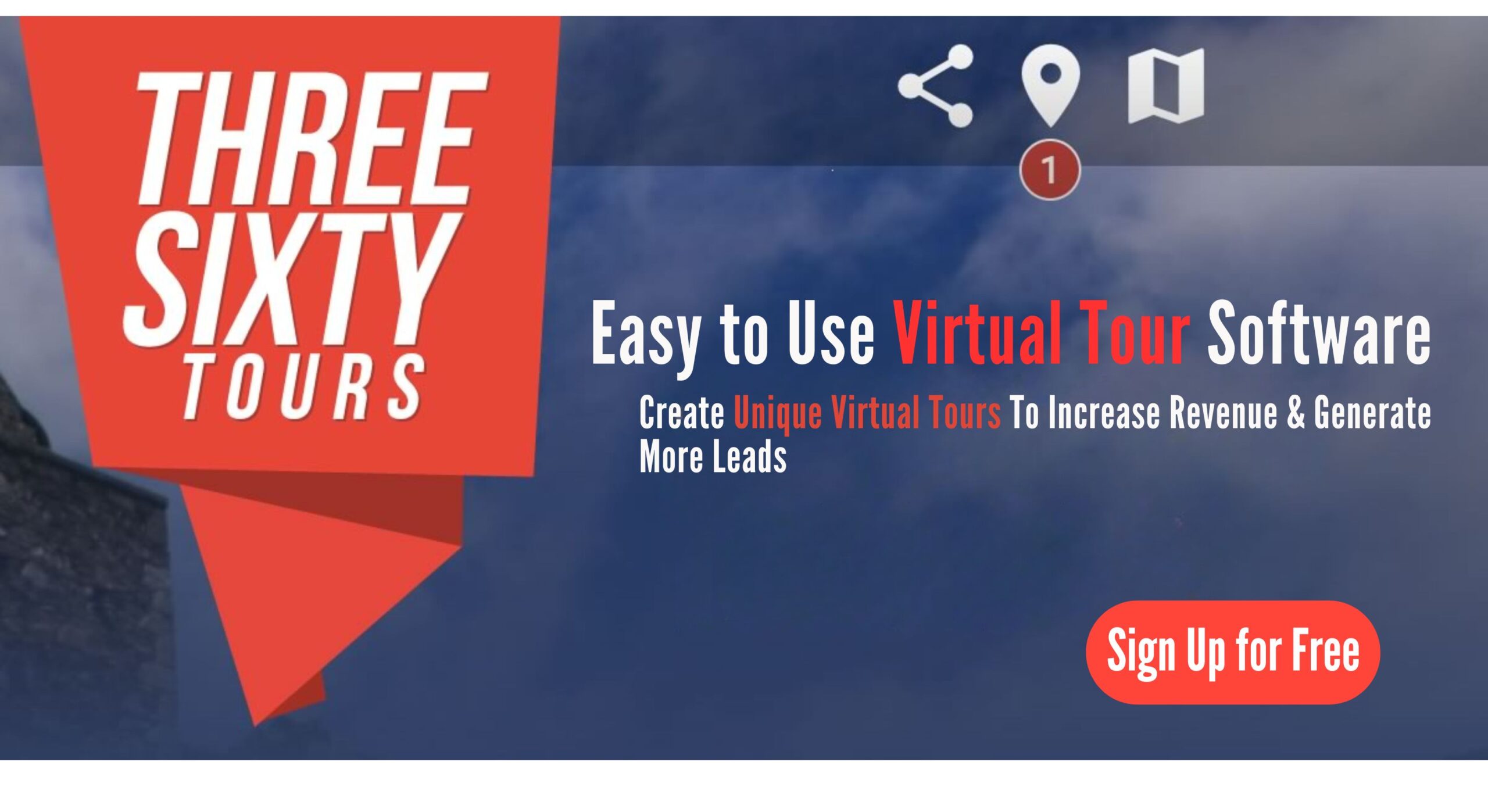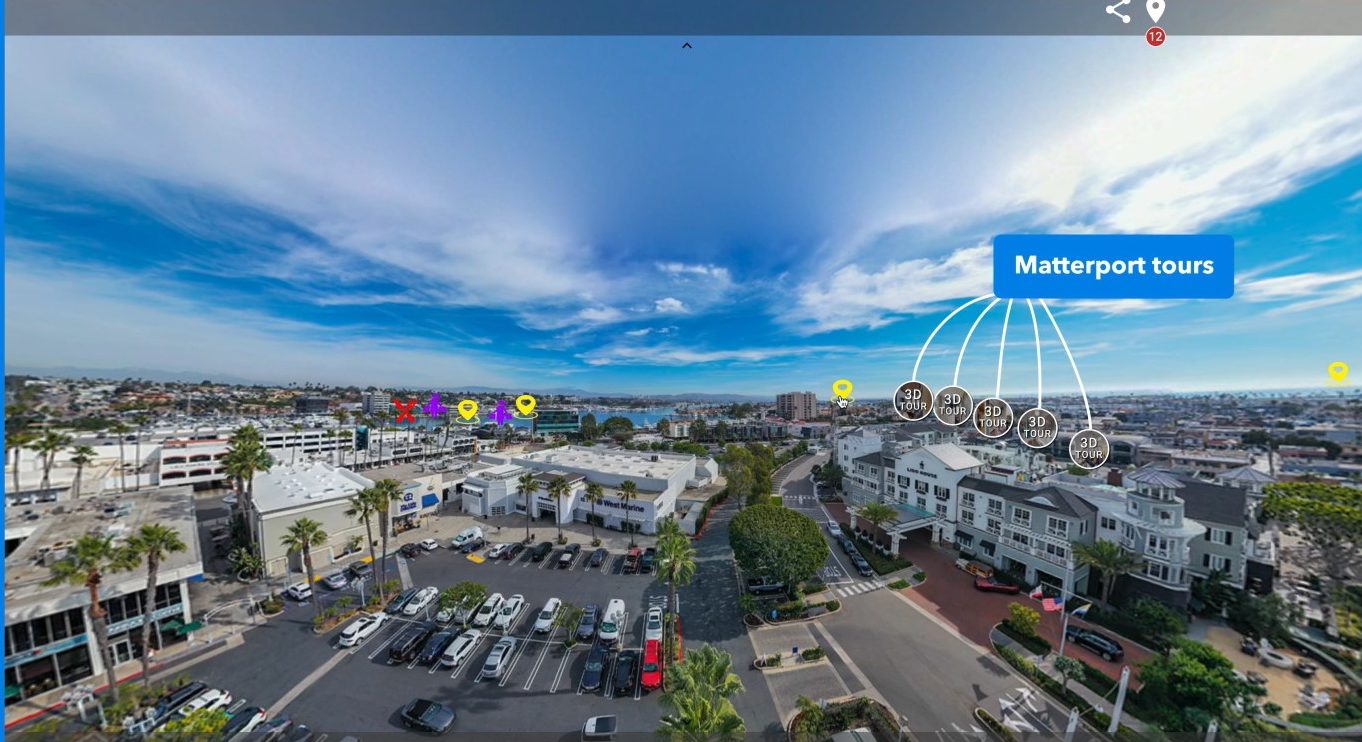immersive meaning
Immersive Meaning: Unlocking the Power of 360-Degree Virtual Experiences
In today’s fast-paced digital world, “immersive” is more than just a trendy word. It’s a powerful concept that’s changing how we see, feel, and interact with our environment. For photographers and real estate professionals, embracing immersive meaning through 360-degree virtual tours can make all the difference. These experiences don’t just show a space—they tell a story, evoke emotions, and help clients truly connect.
Whether you’re showcasing a stunning property or curating a virtual art exhibit, understanding immersive meaning can elevate your work. In this article, we’ll dive into:
- What immersive meaning really is
- Where it comes from
- How it works
- Why it matters
And if you’re ready to start creating your own immersive experiences, check out www.threesixty.tours to get started.
I. Introduction
A. What Is Immersive Meaning?
Let’s break it down. “Immersive” means fully engaging your senses—sight, sound, even touch—so you feel like you’re part of the experience. “Meaning” is the emotional or intellectual value we take from that experience.
Put them together, and immersive meaning is what happens when people feel emotionally and mentally involved in a digital experience. It’s more than just looking at a pretty picture—it’s about feeling like you’re really there.
In a 360-degree virtual tour, this means creating an experience that’s not just visually stunning but also emotionally engaging. For photographers, it’s about capturing the soul of a space. For real estate agents, it’s about helping buyers imagine their future home.
B. Why It Matters
Immersive experiences are popping up everywhere—from therapy sessions using VR to interactive museum exhibits. And there’s a reason: they work. They hold attention, create emotional connections, and help people understand complex ideas.
For users of www.threesixty.tours, this is a game-changer. Virtual tours aren’t just a marketing tool—they’re a storytelling platform. They let you show, explain, and connect all at once.
Today’s audiences want more than static images. They want experiences. They want to explore, interact, and feel something real. That’s why immersive meaning is so important—and why it’s your secret weapon in a crowded digital marketplace.
II. Historical Context
A. Immersion Isn’t New
Humans have always craved immersive experiences. Thousands of years ago, storytelling, theater, and art were our first tools for creating them. Ancient Greek plays, medieval festivals, and Renaissance paintings all aimed to transport people into another world.
Writers like Homer and Shakespeare painted vivid mental images with their words. Theater productions used elaborate sets and lighting to pull audiences into the story. These early methods relied on emotion and imagination to make people feel part of the experience.
Even without technology, people found ways to create immersive meaning. That desire hasn’t changed—it’s just evolved.
B. Technology Changed the Game
The invention of photography and film opened new doors. Suddenly, we could capture reality and share it in powerful new ways. Then came the internet, smartphones, and platforms like www.threesixty.tours, making immersive content more accessible than ever.
Virtual reality (VR) and augmented reality (AR) pushed the boundaries even further. With VR headsets, users can walk through a digital space. With AR, they can overlay digital info onto real-world settings.
Today, 360-degree virtual tours are easy to create and share. You don’t need a Hollywood budget—just the right tools and a creative approach. And that’s where immersive meaning comes in. It’s what turns a simple tour into a memorable experience.
III. Core Features of Immersive Meaning
A. Engaging the Senses
The more senses you involve, the more immersive the experience. In a 360-degree tour, visuals are the foundation. High-resolution images, thoughtful lighting, and strategic composition all help create a sense of realism.
But don’t stop at visuals. Sound adds another layer. Think ambient noise, background music, or voice narration. Imagine hearing birds chirping in a garden or soft music in a cozy living room—it makes the space feel alive.
Interactivity is key, too. Let users click on hotspots, open info boxes, or move through rooms at their own pace. This kind of engagement turns viewers into participants.
B. Emotional and Mental Connection
Immersion isn’t just about what you see and hear—it’s about how it makes you feel.
When someone feels emotionally connected to a space, they remember it. They’re more likely to take action—book a showing, share the tour, or make a purchase. That’s the power of immersive meaning.
Storytelling plays a big role. Don’t just show a kitchen—tell the story of family dinners, holiday baking, or morning coffee by the window. These little details create emotional hooks.
On the cognitive side, immersive experiences help people understand and retain information. Studies show we remember more when we’re actively engaged. That’s why virtual tours are so effective—not just for selling homes, but for teaching, training, and storytelling.
IV. Real-World Applications
A. Entertainment and Media
Entertainment has always led the way in immersive experiences. From 360-degree movies to VR games, creators are constantly finding new ways to pull audiences in.
Take VR documentaries, for example. They let viewers experience someone else’s life firsthand—walking in their shoes, seeing their world. It’s powerful and emotional.
Photographers can take notes here. Want to create a virtual art gallery? Add narration or behind-the-scenes videos. Want to showcase a photo shoot? Let users explore the set. These extras add depth and meaning.
B. Education and Training
Immersive experiences are transforming how we learn. Students can visit historical landmarks, explore the human body, or simulate real-world tasks—all from a classroom or home.
This same approach works in real estate. Use virtual tours to educate clients about a property’s features, layout, or neighborhood. Add pop-up notes, videos, or voiceovers to explain what makes the space special.
Photographers can also educate clients. Show how you set up a shot, choose lighting, or edit an image. This builds trust and showcases your expertise.
Want to see how it’s done? Visit www.threesixty.tours to explore how virtual tours can boost your storytelling and client engagement.
V. Challenges and Considerations
A. Making It Accessible
Immersive experiences are exciting—but they should be for everyone. Not all users have the latest tech, and some may have disabilities that affect how they interact with digital content.
That’s why accessibility matters. Use alternative navigation options. Add captions to videos. Include audio descriptions for visuals. Make sure your tours work on different devices and browsers.
Platforms like www.threesixty.tours are working to make immersive tools more inclusive. As a creator, think about all your users—not just the tech-savvy ones.
B. Staying Ethical
With great power comes responsibility. Immersive experiences can influence emotions and decisions—so it’s important to use them ethically.
Be honest in your presentation. Don’t exaggerate or mislead. If a space has flaws, show them. Transparency builds trust.
Also, think about balance. Virtual tours are great, but they shouldn’t replace real-life experiences entirely. Use them to enhance, not replace, human connection.
And remember: immersive meaning is about authenticity. Use it to tell real stories, share real spaces, and connect with real people.
VI. Conclusion
A. Key Takeaways
Immersive meaning is about more than flashy visuals. It’s about engaging the senses, sparking emotions, and creating experiences that stick.
From ancient storytelling to modern VR, the goal has always been the same: help people feel something real. Today, tools like www.threesixty.tours make it easier than ever to create these powerful experiences.
For photographers, it’s a chance to showcase your work in a dynamic, interactive way. For real estate agents, it’s a way to help clients fall in love with a space—before they even step inside.
B. Looking Ahead
The future of immersive meaning is full of possibilities. New tech like AI, haptic feedback, and spatial computing will open even more doors. As these tools become more accessible, creators will have endless ways to tell stories and connect with audiences.
Want to stay ahead of the curve? Embrace new tools. Experiment with storytelling. And most importantly, keep your focus on the user experience.
Immersive meaning isn’t just a trend—it’s the future of digital engagement. Start creating experiences that matter. Start with www.threesixty.tours.
Ready to transform your virtual tours into unforgettable experiences? Visit www.threesixty.tours and start building your immersive story today.
External resources
Learn more about the impact of immersive media in education from the EDUCAUSE Review: https://er.educause.edu/articles/2018/10/immersive-learning-exploring-the-future-of-education
Explore how virtual reality is shaping the real estate industry in this Forbes article: https://www.forbes.com/sites/forbestechcouncil/2020/02/27/how-virtual-reality-is-changing-the-real-estate-industry


